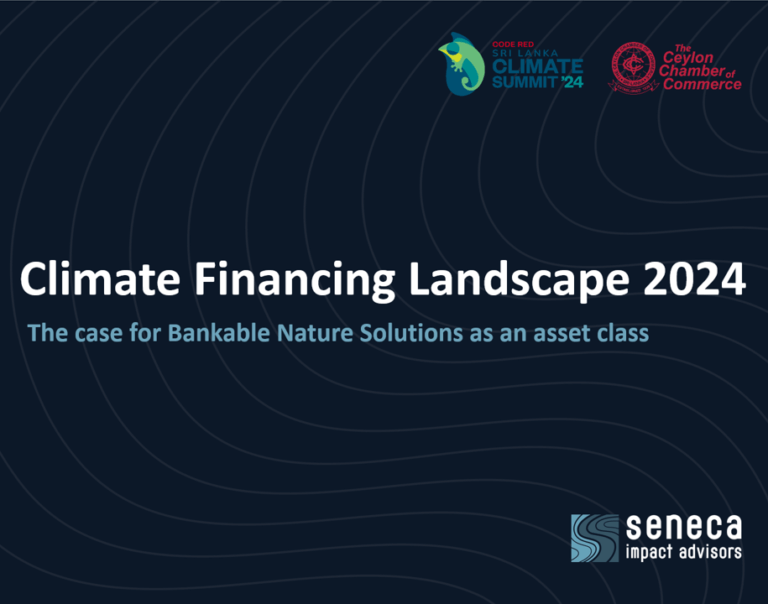Climate Resilient Food Production
The global climate is turning increasingly erratic with the number of weather-related extreme events becoming higher every year. Floods and droughts can cause significant drops in food production leading to loss of food security for millions with the impact being felt disproportionately by the less economically advantaged segments of society.
The ability of our food systems to supply healthy food and to contribute to expanded livelihood prospects in an environmentally sustainable manner is being threatened by a number of factors, including fast population expansion, urbanization, rising wealth, and shifting consumption habits.
Re-engineering current agricultural practices to make food production more climate resilient requires a multi-pronged approach including rethinking land usage, what crops are grown, water usage, multi-cropping, use of fertiliser and better use of data and technology. Successfully transforming farming and aquaculture can not only add to food production and food security but would also generate additional employment particularly for the more vulnerable sections of society.







